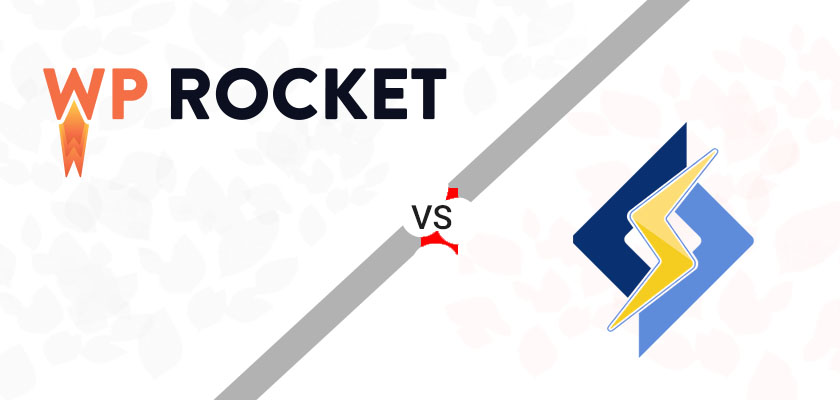Litespeed Cache Vs. Wp Rocket for Dummies
Table of ContentsNot known Details About Litespeed Cache Vs. Wp Rocket The Best Strategy To Use For Litespeed Cache Vs. Wp RocketWhat Does Litespeed Cache Vs. Wp Rocket Do?Little Known Questions About Litespeed Cache Vs. Wp Rocket.6 Easy Facts About Litespeed Cache Vs. Wp Rocket Explained
They have a smaller sized documents dimension, making them less complicated to load. That's a great trade-off if you want far better loading efficiency.
If you're running your site on Word, Press, you're definitely using plugins and widgets to add performances to your website. Plugins are what makes Word, Press such an effective platform. Utilizing as well lots of plugins is counterproductive due to the fact that they reduce your internet site down. Every plugin you install includes a bit of code to your page, making it much heavier than it ought to be.
Allow's claim your web server is based in Australia, but you have numerous site visitors from India. As opposed to sending documents straight from Australia, the CDN can send out data from a web server in India, making this procedure much faster and much more efficient. Redirects are an all-natural part of any kind of internet site, and there's absolutely nothing incorrect with them.
The Facts About Litespeed Cache Vs. Wp Rocket Revealed
They won't significantly slow you down. In the instance of redirect chains, they will. By linking as near to the final destination as feasible, you prevent developing way too many redirects and hence, reduce your website's lots. Unsurprisingly, several of the very best sources for optimizing your website are from Google.
It sums up the individual experience of site visitors to your website, demonstrating how many URLs pass or fail Core Internet Vitals and other web page experience signals. Lighthouse, for Google Chrome This is among one of the most advanced efficiency dimension tools offered and wonderful for benchmarking. Web, Page, Examination This device supplies a waterfall diagram of just how all the assets load on your internet site.
Do not blind yourself to ratings and metrics as those numbers are not representative of all your site visitors. Every customer is different. Every site visitor makes use of another sort of internet connection, tool, and browser. Learn who your customers are, exactly how they access your website, and what they do while they're there.
Use the suggestions to get started on enhancing your web page speed, yet do take these with a grain of salt. They are great starting factors, however there is so a lot more you can do!

This will reduce latency and outcome in enhancements to your page rate since it lowers any kind of opportunity of a delay or the number of round journeys produced.
Litespeed Cache Vs. Wp Rocket Fundamentals Explained
As website modern technology, like the development and vast use Java, Manuscript Going Here collections, has advanced gradually, the usage of this modern technology has actually been toughened up by the speed, or data transfer, of Web connections and the processing and memory sources of devices. In other words: the extra information and resources the server sends out to the browser, the longer it requires to deliver the "plan" across an internet connection and the slower the page will be aesthetically provided in the web browser and come to be functional.
This is so when a site visitor sees this site once more, it does not need to refill the entire page. This advantages page rate, as this minimizes time spent sending out several HTTP demands to the server. A fringe benefit is the decrease of bandwidth and for that reason the general price of holding your site.
This will certainly lower latency and outcome in enhancements to your page rate because it decreases any kind of opportunity of a hold-up or the number of round journeys produced.
As web page innovation, like the growth and broad use Java, Script collections, has actually advanced with time, making use of this technology has been toughened up by the speed, or transmission capacity, of Internet links and the processing and memory resources of devices. In other words: the much more data and sources the server sends to the browser, the longer it requires to supply the "bundle" throughout a web link and the slower the web page will be visually rendered in the web internet browser and end up being usable.
Page speed effects traffic throughout all channels and sources, yet because Google has actually led innovations being used web page speed in web search ranking formulas, reducing latency has actually ended up being a core part of search engine optimization. While anything that adds time to the web page making process is a web page rate variable, there are a number of concerns that are most typical: The time between when the user or browser requests the page and the initial reaction from the server is referred to as the server response time, also determined as Time To First Byte (TTFB), or the time at which the server sends out the first data that Look At This the browser can use to construct and provide the page.